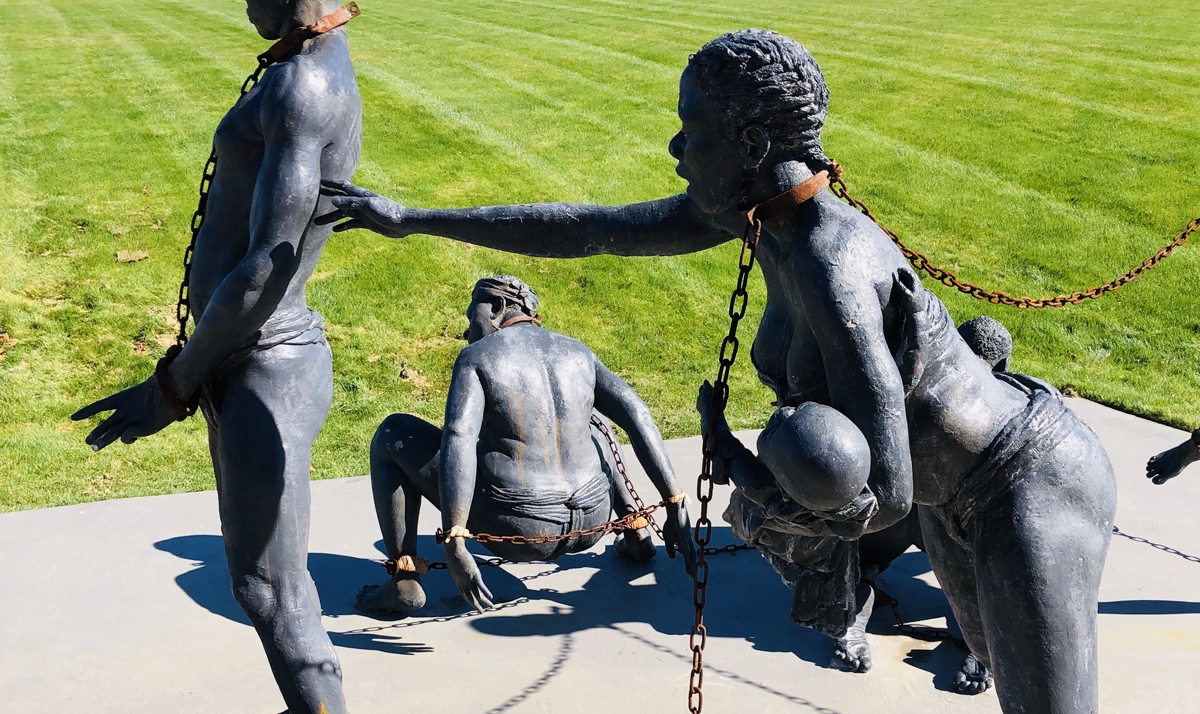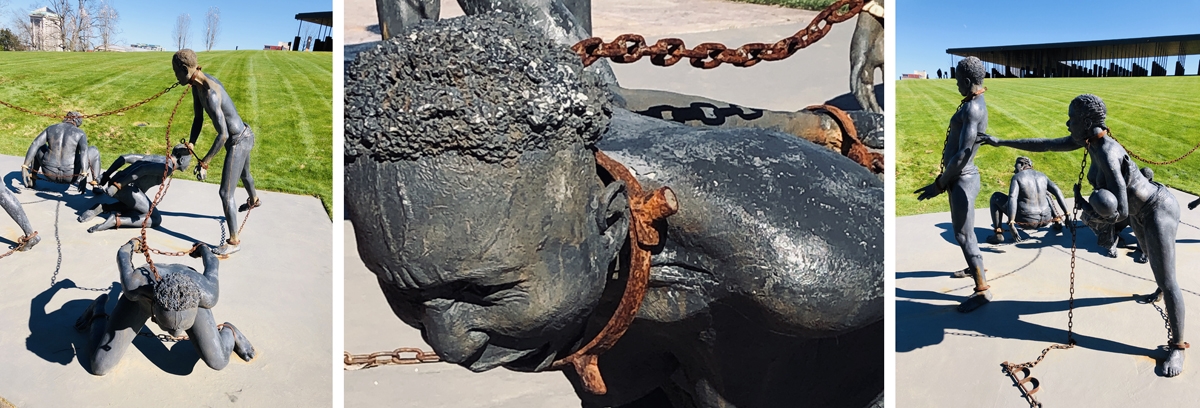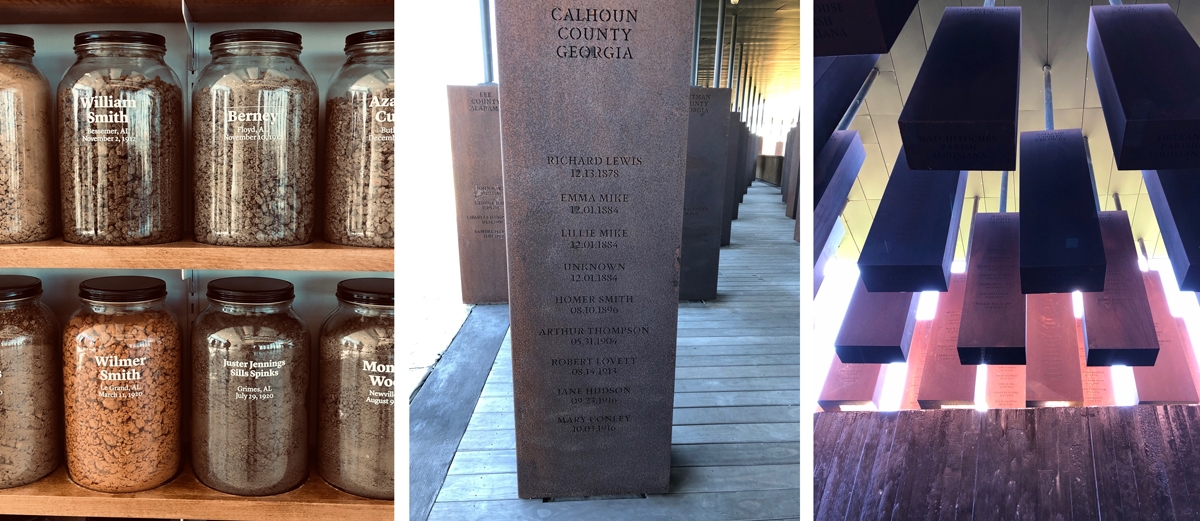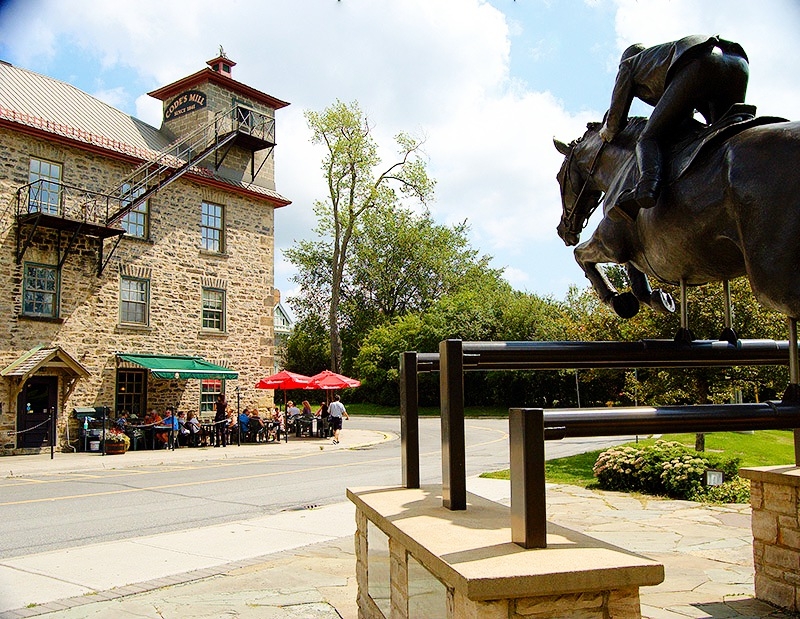
The National Memorial for Peace and Justice: A milepost on the road to redemption and reconciliation with the past
by Dan McCarthy
In what seems like an experience from an idyllic era, my wife and I recently drove from Gulf Shores, Alabama to Atlanta, Georgia through Monroeville, to Selma and along the National Historic Trail to the Alabama state capital of Montgomery.
March 21st of this year marked the 55th anniversary of the Martin Luther King Jr.-led Selma to Montgomery March where, protected by National Guardsmen, (many of whom jeered the marchers), more than 20,000 people walked their way into American history. It had been a long, tortured, and often bloody march for African Americans in the preceding century since the end of the Civil War. The betrayal of Reconstruction, the dark crepe of Jim Crow draped over the South, and segregation made a mirage of Abraham Lincoln’s 1863 Emancipation Proclamation. And so, we arrived at the National Memorial for Peace and Justice, better known as the national lynching memorial.
Opened in April 2018, the Memorial sits on a six-acre site overlooking downtown Montgomery, and is the brainchild of Bryan Stephenson, a Harvard educated lawyer and author of the 2014 award winning memoir bestseller, Just Mercy: A Story of Justice and Redemption. The Memorial has its genesis in the Equal Justice Initiative (EJI) founded by Stephenson in 1989 to provide legal representation to the “illegally and unfairly” convicted and sentenced. Just blocks away stands the Legacy Museum: From Enslavement to Mass Incarceration; a museum that chronicles the history of slavery and racism in the United States.
?
 ?
??We visited the memorial site on a brilliant February day, the type of day that radiates hope for the Spring to come. The first exhibit you see is a wall of large earth-filled jars, alongside a map of the state of Alabama pinpointing lynching sites. The earth is taken from the sites of individual lynchings; the jars are inscribed with a name or names, place and date. In the front of the Center is a granite wall with water cascading down. Carved in the stone are the names of 24 women and men lynched or killed in racially motivated attacks in the 1950s.
Upon entering the main site, an emerald lawn serves as a backdrop to a graphic multi-figure sculpture representing a slave auction. A woman holding a baby attempts to grab the shoulder of young man seemingly being dragged away. Another woman kneels, face contorted in a scream. The figures are chained with rusting links. Interpretation is excellent; large panels detail the history of slavery, the economic evolution of the Old South, dependent upon the labour of enslaved persons. The end of slavery though did not bring equality; Jim Crow laws begat segregation, and convict leasing in the Southern states constituted a new form of enslavement. An increasing use of the death penalty, and most significantly, “racial terror lynchings” cemented the grip of a new white supremacy.

As the monument is set on a small hill, the panels follow a gradually ascending, curving walkway, and then you enter the main memorial structure. The first of 800 hanging monuments greet you; boxes the size and shape of coffins. These individual monuments fashioned of oxidizing metal, are etched with a state name, county, and names of victims with the dates they were murdered. There is one for each county in the United States where a lynching occurred. The monument is at eye level. Very quickly you are enveloped in a forest of monuments. As you walk further into the structure however, the floor descends leaving the monuments and names hanging ever higher. At the centre, the dangling metal monuments are several feet above one’s head; you have to crane your neck and strain to read the etchings. The effect is one of looking up at a hanging victim. I looked for specific counties, for example, Monroe County, Alabama. The county seat, Monroeville is where Harper Lee wrote her literary masterpiece To Kill a Mockingbird. Monroe County had seventeen names on its monument, the last in 1950.
EJI documented 4,084 lynchings in twelve Southern states between 1877 and 1950, hundreds more than previously believed. Another 300 cases were found in states including Illinois, Minnesota, Indiana and Nebraska. Their horrific impact changed the face of the United States: entire southern countries were emptied of African American residents; and contributed to the Great Migration, the exodus of six million black Americans from the South to cities in the north.
Small signs ask visitors to maintain a respectful silence in the monument. They were not necessary as we shared this sacred space with several others, and heard nothing other than footsteps. It was one of the most affecting moments in my life. In this centre space, the walls are covered with plaques detailing individual lynching instances with names and circumstances. One victim, a returning WW1 veteran, was lynched in his uniform for refusing to empty his pockets when ordered to do so. Another walked behind the wife of his employer. Many victims were teenagers, and family members, who equally had done nothing wrong. Men and women were murdered on the flimsiest of pretexts; in the words of Bruce Springsteen’s 41 Shots; “just for living in your American skin”. One is struck with an overwhelming sense of horror, and sadness.
The scale of the crimes is numbing: the sheer numbers; multiple lynchings on the same date; the particular venom expressed in some counties; and the fact that these extra-judicial killings occurred well into the 20th Century often with the implied consent or active participation of law enforcement officers. In September 1919, for example, more than 200 African Americans were lynched, shot, or burned alive over a three-day period in Elaine, Arkansas.
We exited the monument to the same brilliant sunshine, and walked through a small field of identical monuments, arranged in rows by state and county, as if awaiting burial. The wish of EJI is that counties will claim their box and establish a permanent memorial to the lynching victims in their jurisdiction. None have been claimed to this date.

One finds hope and possible redemption on the final segments of the pathway. From this vantage point, the white dome of the state capital building comes into clear view; once the capital of the Confederate States of America. A life-sized statue of Rosa Parks, and other women follow bronze footprints set in the stone walkway. Called Steps, the statue is representative of those who walked during the thirteen-month Montgomery bus boycott in 1955/56, that ended with the US Supreme Court ruling that segregation on public buses is unconstitutional. The sculpture Raise Up, shows black heads and bodies emerging as if from water, arms raised. It was inspired by a 1960s photo of striking South African miners, and reminds us that oppression continues.
We’re now prevented from travelling to the United States, but this crisis will pass. The visceral experience of visiting this memorial cannot be found in reading or a podcast. When the time comes again, Montgomery is crucial to understanding African American history, and that of the Great Republic.
The Memorial is not placid or calming, nor will one leave consoled in any manner. It is brutally frank, and unforgettably stark; but this new National Memorial is a milepost on the road to redemption and reconciliation with the past. Last month, the US House of Representatives passed a bill by a 410-4 majority that would make lynching a federal hate crime. The Senate passed similar legislation in 2018. The earliest attempt to pass such legislation was in 1900 but failed on several previous occasions. As Martin Luther King once said, “Let us realize the arc of the moral universe is long, but it bends toward justice”.











